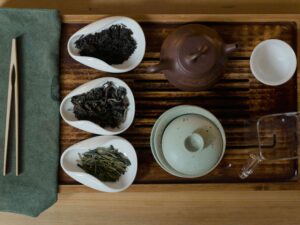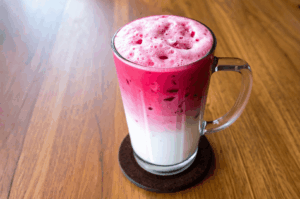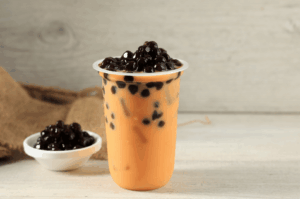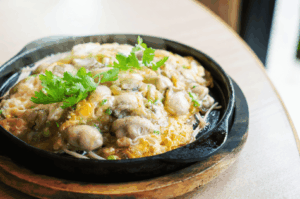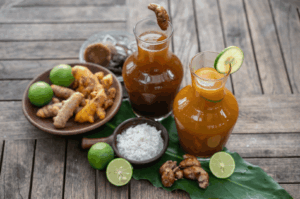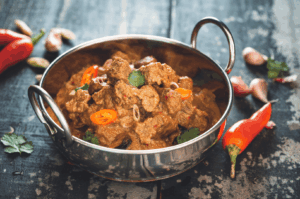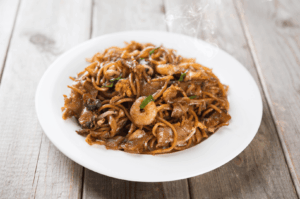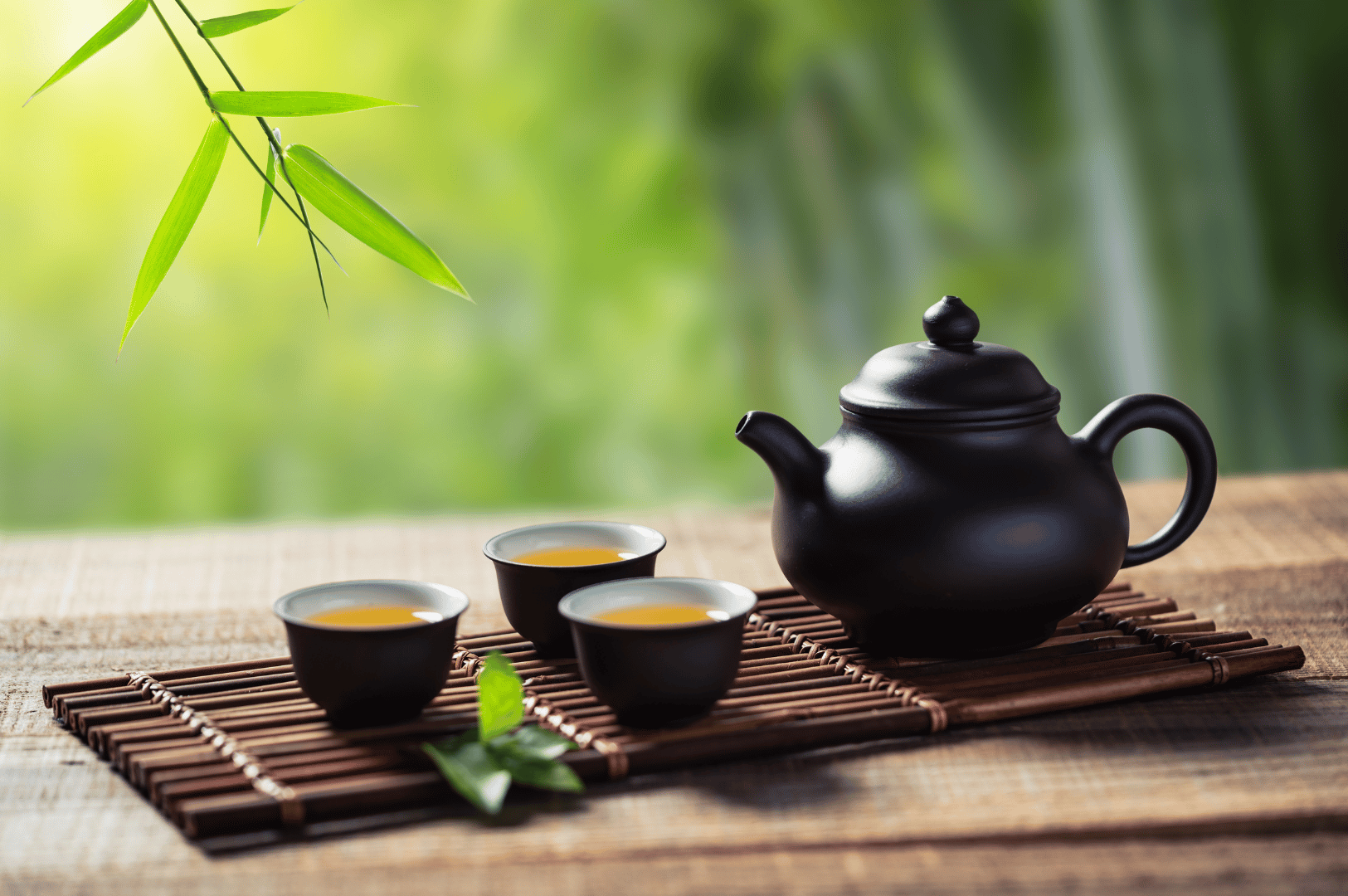
Every cup of tea enjoyed today, whether a brisk English breakfast or a delicate green tea in Tokyo, finds its lineage rooted in the heart of Chinese tea history. For nearly 5,000 years, the humble leaves of the Camellia sinensis tea plant have been cultivated, brewed, and cherished—first as ancient medicine in southern China, and now as a worldwide staple of tea culture. The fascinating evolution of tea drinking reveals how Chinese tea became an art form, a spiritual pursuit, and ultimately a symbol of Chinese culture that has spread across continents. This article traces the expansive history of tea—how it emerged from a mythical medicine to the lifeblood of tea houses, the focus of refined Chinese tea ceremonies, and a global beverage phenomenon enjoyed by younger generations and tea lovers everywhere.
The Mythical Origins of Chinese Tea Culture

The story of Chinese tea begins with a captivating myth. In 2737 BCE, Emperor Shennong, the legendary father of Chinese agriculture and medicine, was believed to be the first to discover the tea leaf’s intriguing properties when wild tea leaves accidentally drifted into his pot of boiling water. He found the resulting tea soup—aromatic and invigorating—helped detoxify his body, famously curing him of 72 poisons. This moment, celebrated by tea lovers, marks the legendary origin of drinking tea in Chinese culture.
While this story appears in ancient lore, archaeology supports tea’s ancient Chinese roots. Researchers in 2016 identified tea leaf remains in the tomb of Emperor Jing of the Han Dynasty, dating back to 141 BCE. These finds provide compelling evidence that drinking tea was an honored part of Chinese culture for over two millennia. What started as a medicinal drink—prepared by boiling water with fresh tea leaves—gradually became a pleasure beverage, opening the door to the vibrant tea drinking customs and tea houses that followed.
Tea Culture in the Medicinal Era: Tea as Healing
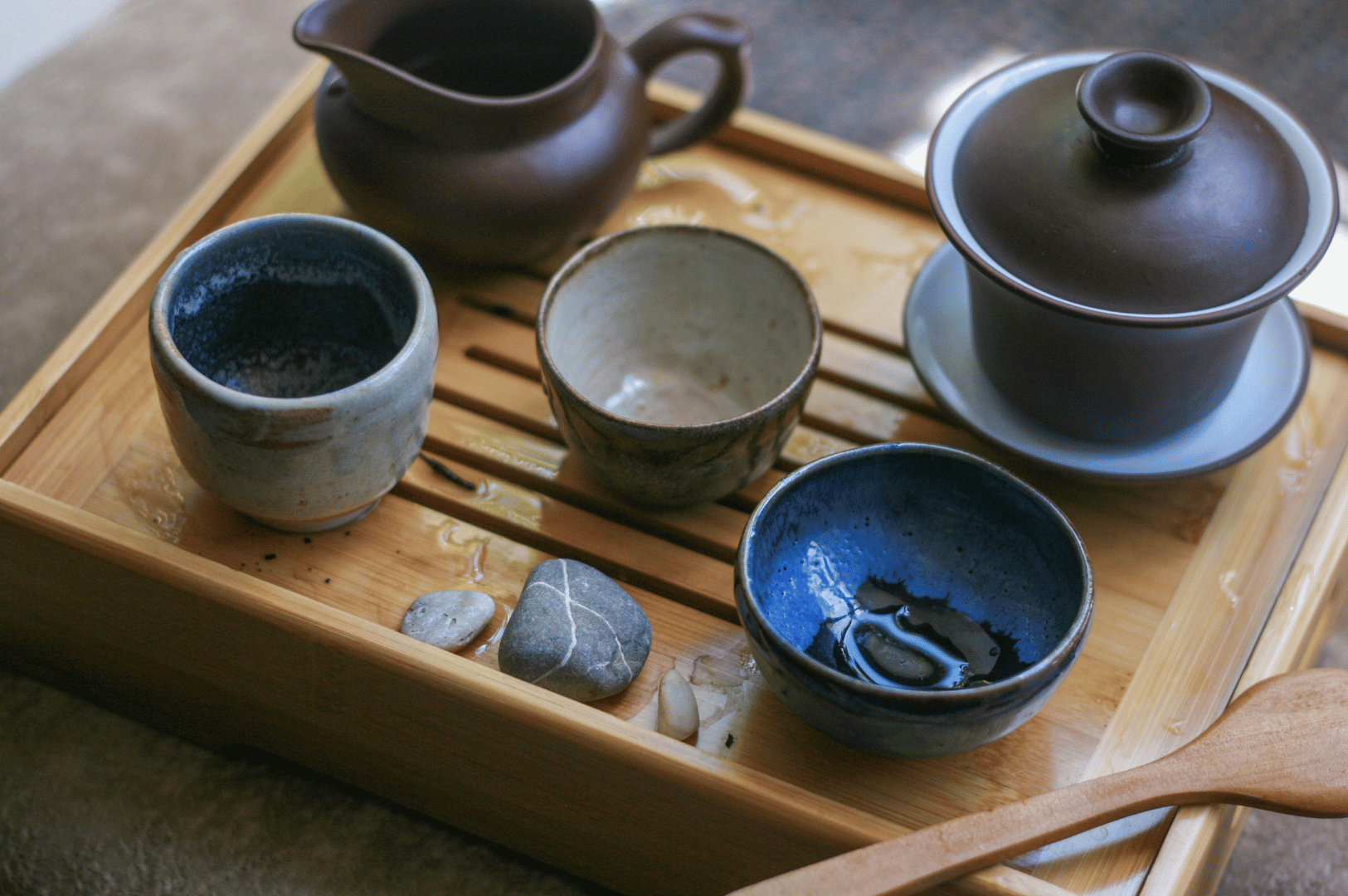
In the early epochs of Chinese tea culture, tea drinking was inseparable from healing practices. Ancient texts like the Shennong Ben Cao Jing documented the first uses of tea plants in traditional Chinese tea medicine. The energetic properties of different tea varieties—green tea for cooling, red tea for warming—were carefully classified within Traditional Chinese Medicine, and tea leaves were prescribed for ailments like fevers, digestive issues, and lethargy.
Small sips of medicinal tea broth were believed to harmonize the mind and refresh the body’s qi. Instead of the elaborate ceremonies to come, brewing tea at this time was simple: fresh or dried tea leaves were ground into powder, mixed with other plants, or boiled into tea soup. Tea utensils like the early tea strainer, tea trays, and basic tea cups were part of the apothecary set. These practical origins paved the way for the Chinese tea ceremony as tea gradually transitioned to a more social and pleasurable ritual.
History of Tea in the Tang Dynasty: Lu Yu and China's First Golden Age
The Tang Dynasty (618–907 CE) marks the first true flowering of Chinese tea culture. This is when tea drinking moved from medicine to high art—thanks, in large part, to Lu Yu, an early tea master revered as the Sage of Tea. His book, The Classic of Tea (Cha Jing), was the first comprehensive history of tea and remains essential reading for all who study the art form. Lu Yu carefully detailed tea cultivation, tea production, tea making, and the proper way to serve tea, laying the groundwork for the Chinese tea ceremony.
During the Tang era, tea preparation became a multi-step ritual involving tea bricks and powdered tea. Boiling water was poured over ground tea cakes, using elegant tea utensils, and tea gatherings became central to Chinese social life. Tea houses flourished as places of conversation, poetry, and commerce, and tea drinking spread rapidly among the elite and commoners alike. State monopolies over tea trade and tea taxation helped fund the government, revealing tea’s growing political and economic importance.
Song Dynasty Tea Culture: Artistic Refinement and Tea Ceremonies
The Song Dynasty (960–1279 CE) brought about a golden age of tea aesthetics. The period was famous for its elaborate Chinese tea ceremony practices, including whipped powdered tea competitions and exquisite tea utensils—jade-colored Jian ware tea cups, intricate tea trays, and bamboo whisks. The ritual of brewing tea required meticulous skill, blending artistry into every moment.
Song-era tea houses became vibrant cultural hubs, where poets, scholars, and officials gathered to experience and debate the subtleties of lighter teas and the craft of making tea. These gatherings often included tea competitions, where the quality of a tea’s froth, made by whisking the powder with hot water, was judged as an art form. The influence of tea on Chinese poetry and painting expanded, while the tradition of offering tea became a symbol of hospitality and respect.
Ming Dynasty Loose Leaf Tea Revolution: Brewing Tea Evolves
A dramatic shift occurred in the Ming Dynasty (1368–1644 CE) when Emperor Hongwu decreed that tribute tea would be made only from loose leaf tea. The use of compressed tea bricks was banned, reshaping the entire world of Chinese tea. Brewing tea became as simple as steeping loose tea leaves in hot water—a method still beloved by tea lovers today.
This revolution spurred the creation of new tea utensils: Yixing teapots, delicate tea cups, and refined tea ware. Chinese tea farms and tea merchants flourished as tea cultivation expanded. New varieties, such as green tea, oolong tea, white tea, and yellow tea, were developed, and regions like Fujian and Yunnan became famous for their distinct teas. Tea connoisseurship reached new heights, and the subtle differences in tea flavor, aroma, and mouthfeel became the focus of countless tea gatherings and the cornerstone of traditional Chinese tea culture.
Tea Trade, Tea Merchants, and Global Influence: Silk Road to Sea Routes
As tea drinking customs and tea ceremonies flourished, Chinese tea became an extremely popular trade commodity. The Tea Horse Road—linking southern China’s tea farms with Tibet—saw bricks of fermented tea traded for sturdy horses. Tea merchants and tea masters spread tea drinking along the Silk Road and through border regions, while international seafarers opened routes to Japan, Europe, and beyond.
Europe’s first taste of Chinese tea came via Portuguese and Dutch traders, eventually transforming British and Russian tea rituals. The historically significant trade imbalance created by British demand for Chinese tea leaf and the subsequent opium trade triggered serious political consequences, including the Opium Wars. By the Qing dynasty, tea had become not just a drink but an economic power strong enough to shape empires.
Brewing Tea and Tea Processing Innovations: The Art and Science

The Ming and Qing dynasties launched the greatest innovations in brewing tea and tea processing. The Chinese classified tea into six major categories: green tea, yellow tea, white tea, oolong tea, black tea (commonly called red tea in China), and dark fermented tea. Each type of tea is defined by the oxidation process and precise methods of withering, rolling, drying, and fermenting the tea leaf.
Regional specialties like da hong pao (a prized oolong tea), jasmine tea, and Pu-erh (post-fermented tea) became symbols of regional identity. Jingdezhen tea ceramics and Yixing clay teapots showcase the elegant integration of art form and function. The terroir—local climate and soil—of tea farms infuses unique flavors, making Chinese tea a true reflection of its landscape. Modern tea production builds upon these ancient traditions, with both artful, hand-crafted teas and efficient mechanized methods supplying tea lovers worldwide.
Chinese Tea Ceremony and Social Traditions
Nowhere is the beauty of Chinese tea culture more visible than in the ceremonial preparation and sharing of tea. The gongfu tea ceremony—meaning "making tea with skill"—is the pinnacle of Chinese tea ceremony, involving small Yixing pots and tiny tea cups. Here, the focus is not only on the finest tea but also on the use of specialized tea utensils like the tea strainer, tea trays, tea tongs, and boiling water techniques.
Chinese tea ceremonies are rooted in philosophical traditions—Taoism’s reverence for simplicity, Buddhism’s emphasis on mindfulness, and Confucian ideals of social harmony. Tea gatherings and the act of offering tea express respect, mark important life events, and reinforce social ties. Today, contemporary tea houses and younger generations are reviving traditional Chinese tea rituals, drawing modern tea lovers into the gentle rhythms of brewing tea, small sips, and heartfelt conversation.
Modern Tea Culture and Global Legacy

The impact of Chinese tea culture reverberates worldwide. The Japanese tea ceremony, English afternoon tea, Hong Kong-style milk tea, and Taiwanese tea innovations like bubble tea all owe their origins to ancient Chinese tea drinking customs. Today, China remains the world’s largest tea producer, and the sophistication of modern Chinese tea connoisseurs rivals that of any wine aficionado.
Gongfu tea ceremony classes are gaining popularity among tea lovers, while social media and international travel have exposed the beauty of traditional Chinese tea to a global audience. In China, tea merchants, tea houses, and even tea master certifications point to a revival of appreciation for the art form. As the market for expensive teas and specialty teas grows, the traditions of tea making, serving tea, and preparing tea using time-honored tea ware continue to inspire tea gatherings and connect people across borders.
Conclusion: The Enduring Art of Chinese Tea
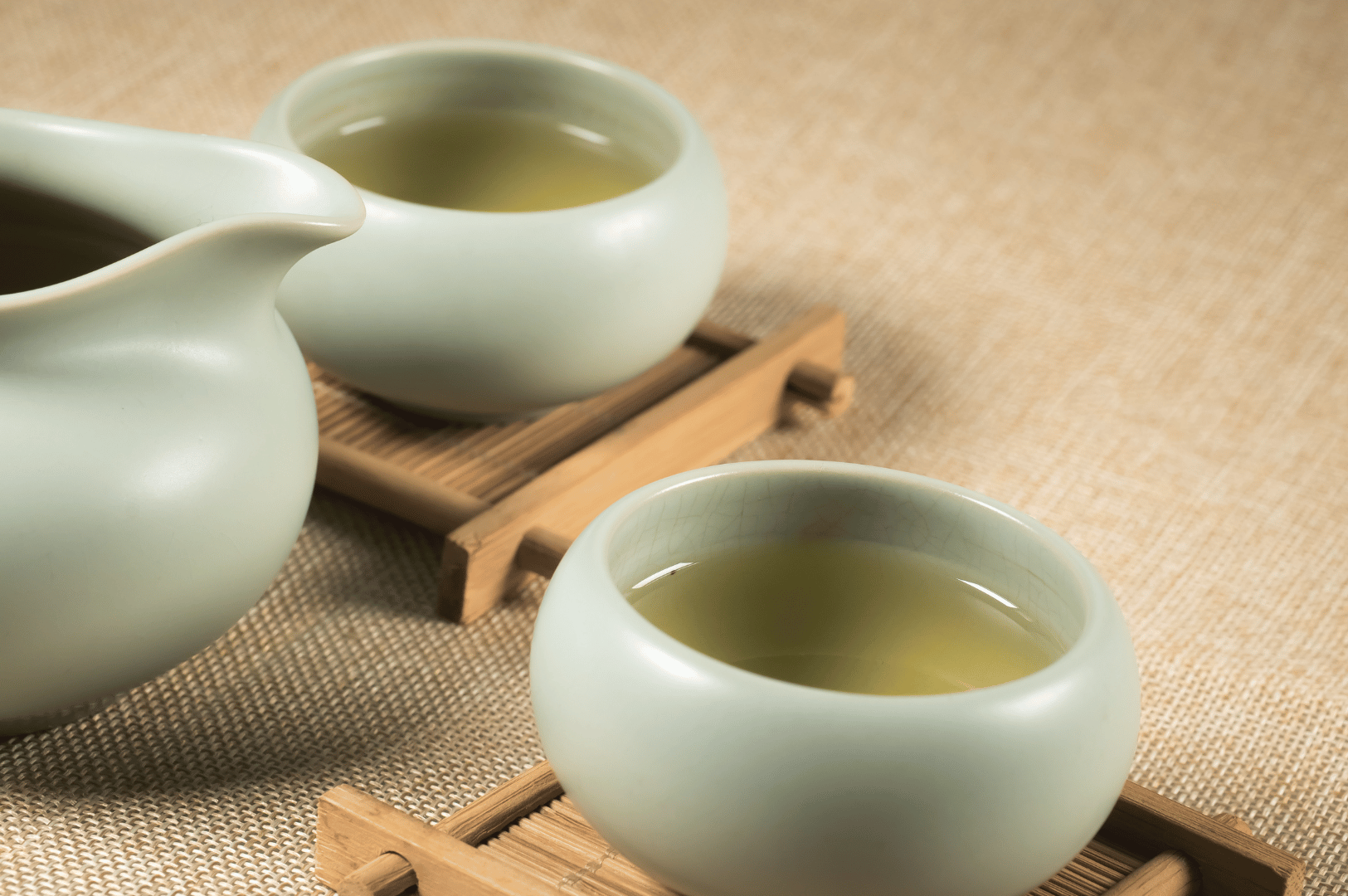
The history of tea in China is one of constant transformation and enduring beauty. From mythic beginnings in the wild tea trees of southern China, through the ritual gatherings of Tang and Song dynasties, to the bustling tea trade and today’s worldwide popularity, Chinese tea is much more than a popular beverage—it is a living art form, a vessel for culture, and a treasured link between past and present.
As you pour hot water over loose leaf tea, contemplate the legacy of Lu Yu and the millions who have refined the techniques of making tea through the ages. Embrace the ancient wisdom and modern spirit of Chinese tea culture, and let your own tea drinking bring you closer to a story 5,000 years in the making. Experience the sublime pleasure of traditional Chinese tea, whether you’re a seasoned tea connoisseur or taking small sips as a curious newcomer to this world of aroma, taste, and tranquility.
To explore more culinary heritage, take a look at our guide to authentic Cantonese dim sum or discover the plant-based richness of Gujarati thali traditions.
The Art of Asian Tea Ceremony Traditions: Ancient Rituals and Cultural Values Across Asia
Dio Asahi | November 15, 2025
A cup of tea, in many parts of Asia, represents far more than a beverage-it is a conduit to ancestral tradition, intellectual pursuit, and the cultivation of mindfulness. Asian tea ceremony traditions turn the act of drinking tea into a sophisticated art form, layered with symbolism, philosophy, and socio-cultural values. Each gesture, from scooping powdered…
The Art of Slow-Cooked Curry Recipes: Time’s Magic in South Asian Cuisine
Eda Wong | November 13, 2025
Step into a South Asian kitchen, and the senses are instantly enveloped by the inviting aroma of food slowly simmering in a sturdy clay pot or heavy vessel. The allure is undeniable: in this space, slow-cooked curry recipes are a celebration of patient tradition, spices, and the richness of South Asian cuisine. Here, time and…
Bandung Drink Recipe: A Singaporean Rose Syrup Drink Tradition
Eat Drink Asia Team | November 11, 2025
Step into any night market or hawker centre in Singapore, and you’ll spot a vibrant, glowing glass filled with a cold, beautiful drink-Bandung. Known for its iconic blush-pink hue and refreshing taste, this rose syrup drink is an integral part of Singapore’s beverages scene and a cherished tradition in Southeast Asian gatherings. More than just…
The Ultimate Hainanese Chicken Rice Recipe: A Deep Dive
Eda Wong | November 8, 2025
To wander through Singapore’s bustling hawker centres on a humid evening is to experience a symphony of sights, sounds, and smells. Among the many other dishes sizzling away, one plate stands out for its elegant simplicity: Hainanese Chicken Rice. It arrives without fanfare-gleaming slices of poached chicken over fragrant rice, flanked by a trio of…
Bubble Tea Origins: How Taiwan Created a Global Beverage Phenomenon
Dio Asahi | November 6, 2025
From Taipei to New York, a single drink has captured the world’s taste buds: bubble tea. This beverage, known as pearl milk tea or boba tea, and also known as boba in many regions, is celebrated for its delightful combination of sweet, creamy tea and signature chewy tapioca pearls. What began as a novel creation…
A Food Lover’s Guide to the Taiwanese Oyster Omelet
Eat Drink Asia Team | November 4, 2025
As twilight descends upon Taipei City, a vibrant energy pulses through its streets. This is the hour of the night markets, bustling hubs of community, commerce, and some of the world’s most incredible street food. Amidst the steam from soup dumplings and the sizzle of Taiwanese fried chicken, one iconic dish reigns supreme: the Taiwanese…
Jamu: Indonesian Herbal Medicine for Modern Well-Being
Dio Asahi | November 1, 2025
Across the Indonesian archipelago, a vibrant tradition of herbal healing has flourished for centuries. This is jamu, a cornerstone of Indonesian cultural heritage and a sophisticated system of traditional herbal medicine. Far more than just a refreshing drink, jamu represents a philosophy of balance, a deep connection to nature, and a form of indigenous medicine…
Padang Beef Rendang: The Complex Process Behind Indonesia’s Most Famous Dish
Eda Wong | October 30, 2025
This post may contain affiliate links. For full transparency, this article may contain affiliate links. To call Padang beef rendang simply a dish is to miss the soul of Indonesian cuisine. This legendary slow-cooked dry curry, a centerpiece of both festive tables and humble meals, has earned its fame as one of the world’s most…
Teh Tarik Malaysia: The Art and Science Behind Iconic Pulled Tea
Eat Drink Asia Team | October 28, 2025
In Malaysia, ordering a cup of teh tarik is about so much more than just enjoying a hot drink. Teh tarik, literally translated as “pulled tea,” is Malaysia’s national beverage, famous for its sweet, creamy taste, frothy top, and the spectacular pulling technique seen in bustling mamak stalls and coffee shops across the country. A…
The Legendary Penang Char Kway Teow: A Culinary Journey
Dio Asahi | October 25, 2025
The air in Penang is thick with anticipation, carrying the sounds and smells of Malaysian street food being crafted with expert care. Your attention is captured by one of the many street vendors, a master standing before a seasoned wok glowing over an intense fire. The rhythmic clanging of metal on metal is the soundtrack…

